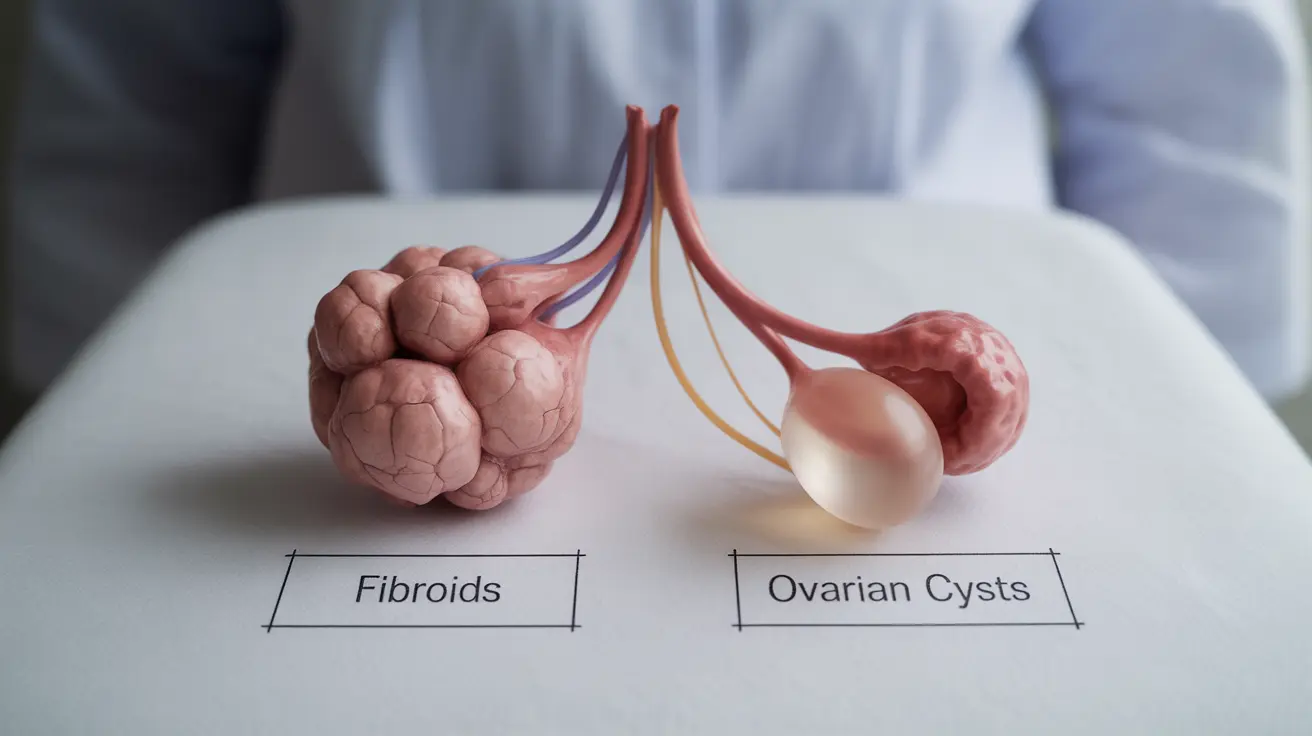Erythromelalgia, a rare and often misunderstood condition, has intrigued medical professionals since its initial description by the renowned neurologist Silas Weir Mitchell in the late 19th century. This complex disorder, characterized by intense burning pain, redness, and warmth in the extremities, continues to challenge both patients and healthcare providers alike. In this article, we'll explore the intricacies of erythromelalgia, its impact on daily life, and the current approaches to managing this challenging condition.
The Legacy of Silas Weir Mitchell
Silas Weir Mitchell, a pioneering American neurologist, first documented erythromelalgia in 1878. His meticulous observations and descriptions laid the foundation for our understanding of this condition, which was initially referred to as "Mitchell's disease" in his honor. Mitchell's work not only brought attention to this rare disorder but also contributed significantly to the field of neurology and pain management.
Understanding Erythromelalgia
What is Erythromelalgia?
Erythromelalgia is a rare vascular disorder characterized by episodes of intense burning pain, severe redness, and increased temperature in the extremities, most commonly affecting the feet and, less frequently, the hands. The condition can be either primary (idiopathic or genetic) or secondary (associated with other underlying conditions).
Symptoms and Triggers
The hallmark symptoms of erythromelalgia include:
- Intense burning pain
- Redness of the affected areas
- Increased skin temperature
- Swelling
- Tenderness
These symptoms are often triggered or exacerbated by:
- Exposure to heat
- Exercise
- Standing or sitting for prolonged periods
- Warm weather or nighttime
Causes and Risk Factors
The exact cause of erythromelalgia remains elusive in many cases. However, research has identified several factors that may contribute to its development:
- Genetic mutations, particularly in the SCN9A gene
- Vascular and autonomic nervous system dysfunction
- Autoimmune diseases
- Myeloproliferative disorders
- Certain medications
- Nerve damage
Diagnosis and Treatment Approaches
Diagnosing erythromelalgia can be challenging due to the lack of a definitive test. Healthcare providers rely on a combination of clinical symptoms, medical history, and exclusion of other conditions. In some cases, genetic testing may be utilized, especially for individuals with a family history of the condition.
Treatment for erythromelalgia is primarily focused on symptom management and addressing underlying causes when identified. A multifaceted approach often yields the best results:
- Nonpharmacological measures (e.g., cooling techniques, elevation of affected limbs)
- Topical and oral medications (e.g., aspirin, gabapentin, sodium channel blockers)
- Pain rehabilitation programs
- Cognitive behavioral therapy
- In severe cases, interventional procedures such as nerve blocks or sympathectomy may be considered
Living with Erythromelalgia
While erythromelalgia is not typically life-threatening, it can significantly impact an individual's quality of life. Many patients face challenges in daily activities, work, and social interactions due to unpredictable flare-ups and chronic pain. However, with proper management strategies and support, many individuals with erythromelalgia can lead fulfilling lives.
Frequently Asked Questions
What is erythromelalgia and how is it linked to Silas Weir Mitchell?
Erythromelalgia is a rare vascular disorder characterized by episodes of burning pain, redness, and increased temperature in the extremities. It is linked to Silas Weir Mitchell because he was the first to describe and name the condition in 1878. Mitchell's detailed observations and documentation of the disorder led to its initial recognition in the medical community.
Is erythromelalgia deadly or life-threatening?
Erythromelalgia is not typically deadly or life-threatening. However, it can severely impact quality of life and, in rare cases, lead to complications such as skin ulcers or infections if not properly managed. The condition itself does not directly threaten a person's life, but the chronic pain and limitations it imposes can be significantly disabling.
What are the most effective treatments for managing erythromelalgia symptoms?
The most effective treatments for managing erythromelalgia symptoms often involve a combination of approaches. These may include cooling techniques, elevation of affected limbs, medications such as aspirin or gabapentin, and pain management strategies. Some patients find relief with topical treatments or oral medications that target nerve pain. In severe cases, more invasive treatments like nerve blocks may be considered. The effectiveness of treatments can vary greatly between individuals, and a personalized approach is often necessary.
How does erythromelalgia affect daily life and quality of life?
Erythromelalgia can significantly affect daily life and quality of life. The unpredictable nature of flare-ups can make it challenging to plan activities or maintain regular work schedules. Many patients experience difficulties with sleep, physical activities, and social interactions due to pain and the need to avoid triggers. The chronic nature of the condition can also lead to emotional and psychological challenges, including anxiety and depression. However, with proper management and support, many individuals with erythromelalgia can develop strategies to improve their quality of life.
What are the common triggers for erythromelalgia flare-ups?
Common triggers for erythromelalgia flare-ups include exposure to heat, exercise, prolonged standing or sitting, warm weather, and nighttime. Some patients also report that certain foods, alcohol consumption, or stress can exacerbate their symptoms. Identifying and avoiding personal triggers is an important part of managing the condition, although this can sometimes be challenging in daily life.




